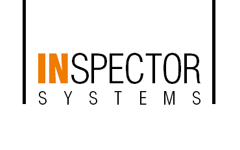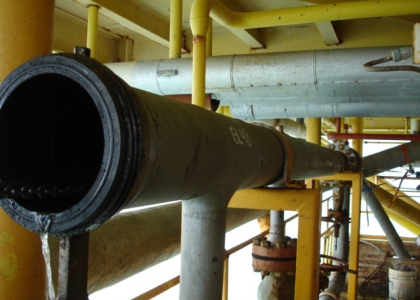In December 2014 the energy company Shell commissioned INSPECTOR SYSTEMS to visually inspect various pipeline systems on the Gumusut Kakap platform. This involved 6-, 8-, 10- and 12-inch pipelines with an inside diameter of approx. 140 to 280 mm.
In December 2014 the energy company Shell commissioned INSPECTOR SYSTEMS to visually inspect various pipeline systems on the Gumusut Kakap platform. This involved 6-, 8-, 10- and 12-inch pipelines with an inside diameter of approx. 140 to 280 mm. The Gumusut Kakap offshore platform is situated off the coast of Malaysia in the South China Sea. Operated by the Sabah Shell Petroleum Company, it extracts about 135,000 tons of crude oil per day from the deep. The yearly output alone covers a quarter of the complete crude oil production of the country in South East Asia.
The facility is part of the Gumusut oil field, the oil of which must be brought to the surface from water depths of up to 1,200 meters. The pipelines to be examined have the task of branching off part of the extracted natural gas and supplying its own small power station on the oil platform with it.
The power generated covers the energy requirements of the entire platform. The inner walls of these pipes must therefore be free of deposits and impurities, so that no foreign particles can get into the sensitive turbine part of the power station during operation.
The particular challenge with this inspection project was once again the cramped conditions. Compounding the difficulty was the fact, that it involved a very complex and twisted pipeline system. Consequently over an overall length to be inspected of in each case approx. 20 to 40 meters, up to eight bends had to be navigated in the vertical and horizontal position. And that not just one time, because after the inspection procedure in some cases the pipes were cleaned from inside with high-pressure water.
In addition to the technical framework conditions, with this project considerable preparatory and logistical measures also had to be implemented. Besides the transport of the entire equipment to the platform, in particular the personnel also had to complete various offshore training courses, health examinations, immigration formalities and safety training courses within a very short time. Ultimately a special work permit for the engaged personnel also had to be issued and presented.



